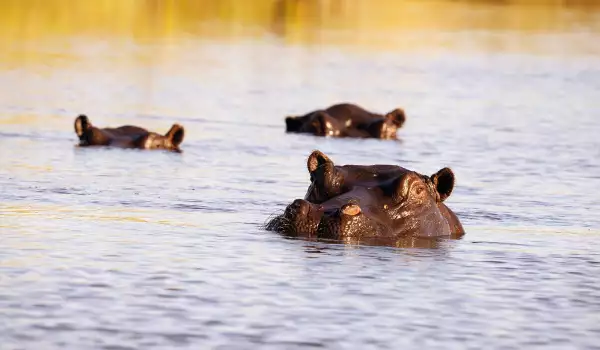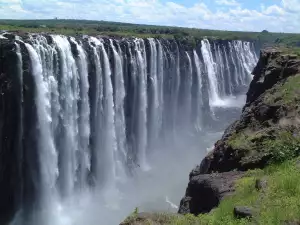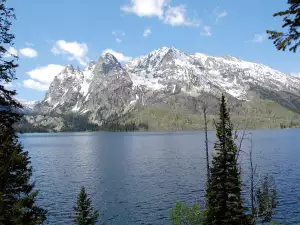Lake Victoria

Lake Victoria is the largest tropical lake in the world. Located on a plateau in the western part of the African Great Rift Valley, bordered by Tanzania, Uganda and Kenya. Victoria is relatively shallow lake and he deepest part reaches 84 meters and the average is about 40 m.
The coastline of Victoria has a area of 3440 km, reaching a length of 320 km and a width of 275 km. More than 3000 islands are formed in this huge basin, many of which are inhabited.

With 2750 cubic km of water. Victoria is the seventh in the world freshwater lake by volume.
Victoria was discovered by British explorer John Speke of July 30, 1858 John Speke was an English adventurer and explorer who served as an officer in India and conducted mineralogical and zoological research in the Himalayas and Tibet. He has participated in the Crimean War as a volunteer in the Turkish army. Among his other pursuits fall and studying the fauna of the Caucasus.
In 1856, the researcher traveled to Central Africa. Locals call Lake Victoria Ukereue, but after 1958 was renamed Victoria. Speke thought this basin as a source of River Nile. In fact, Victoria is the source of the longest branch of the Nile - White Nile and collects its water from a region with an area of 184, 000 sq. km.
Victoria is the largest lake of the African Great Lakes (Victoria, Tanganyika and Malawi) and ranks third among all the lakes in the world, is bettered only by the Caspian Sea and Lake Superior in North America. Among the freshwater lakes on earth Victoria ranked second, with top spot left for Lake Superior in North America.
It is believed that Lake Victoria was formed more than 12, 500 years ago, before that time this place was green areas. This makes Victoria the youngest of the three East African lakes.
Among the many stone islands of Victoria are included the large group Ssese Islands in Uganda, which are a popular and attractive tourist destination. Total area covered by islands is about 6, 000 sq.km. Among the islands in Kenya are Mfangano Island (Mfangano/ Mfanganu), where you can see some rock paintings, Ndere, occupied entirely by the National Park Ndere.
In Tanzania is the island Ukerewe, which with a 530 sq km area is one of the largest lake islands in the world.
Into Lake Victoria flow eight deep rivers and numerous smaller tributaries. Kagera River (Akagera/Kagera) is the deepest, and chief tributary of Lake Victoria. It springs from the territory of Burundi, near the northern end of Lake Tanganyika. It flows into the lake on the territory of Tanzania, 40 km north of Bukoba.
River delta is marshy and grows much papyrus. Among other rivers that flow into Victoria are Nzoia, Rivers Yala and Nyando, which are among the biggest polluters of the lake, river Sondu Miriu, and others.
Lake Victoria is drained at a speed of 600 cu m / sec through the Victoria Nile in the north. Among the protected areas in Lake Victoria are Saiwa Swamp National Park, which is the smallest national park in Kenya and occupies only 2.9 square miles, the National Park on the island Rubondo, in Tanzania, Reserve Katonga which is 207 square miles, located along the eponymous river in Kenya and the National Park Ndere, which is located on the island Ndere in Kenya.















